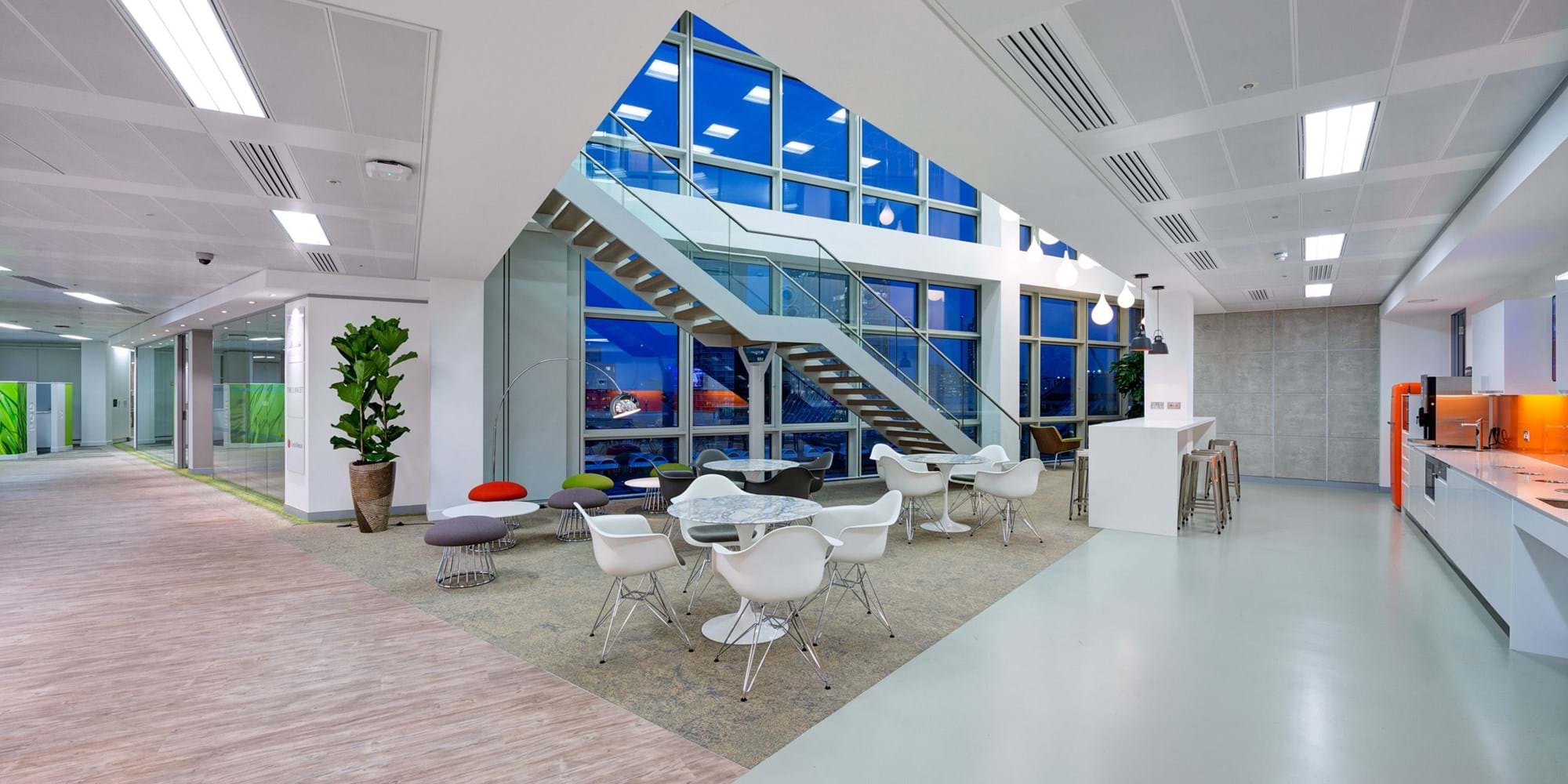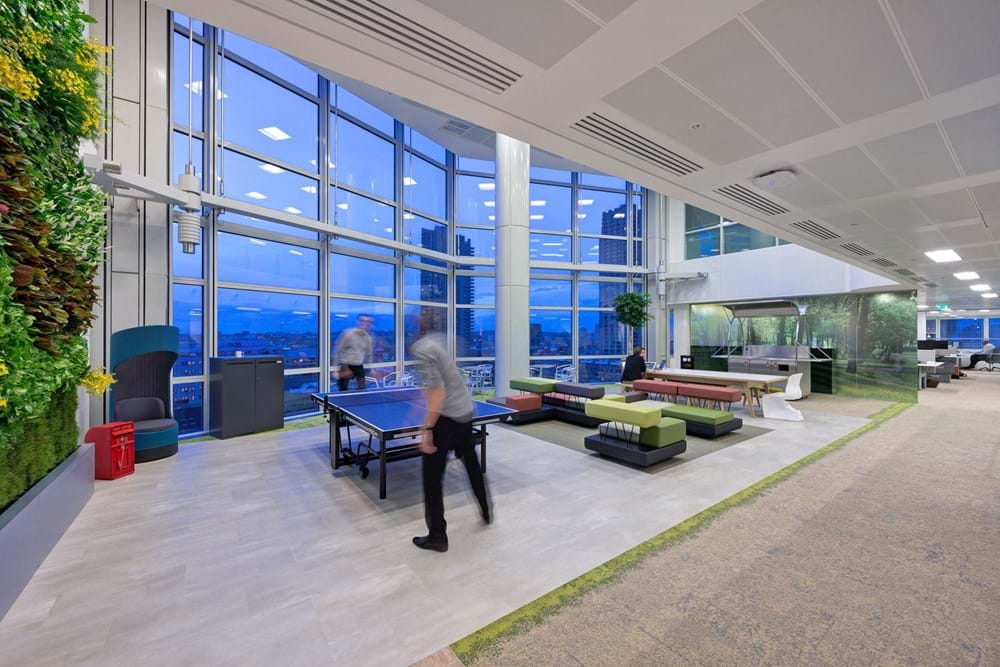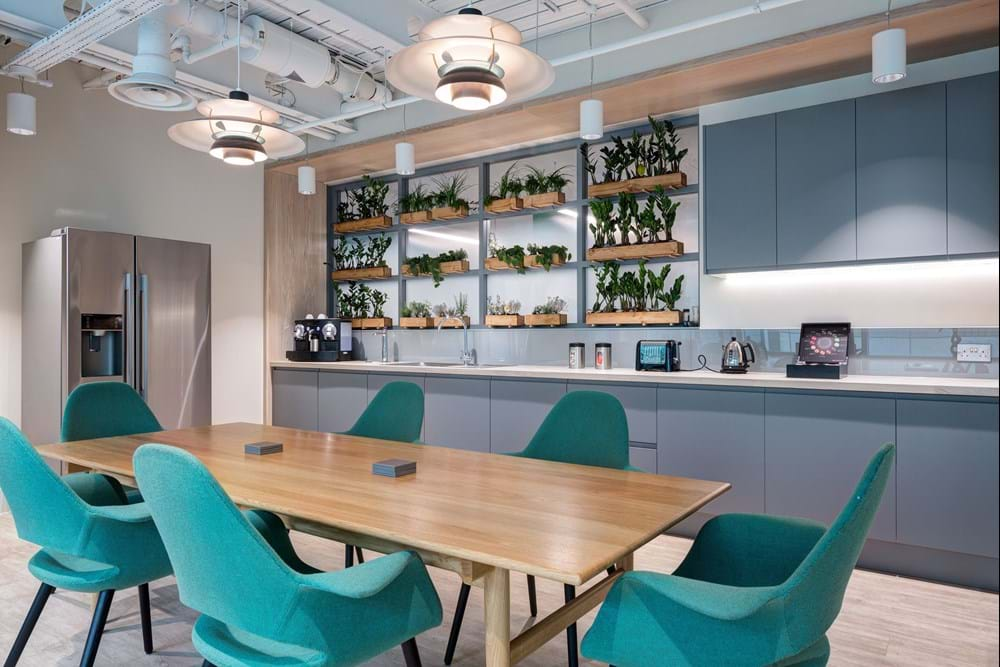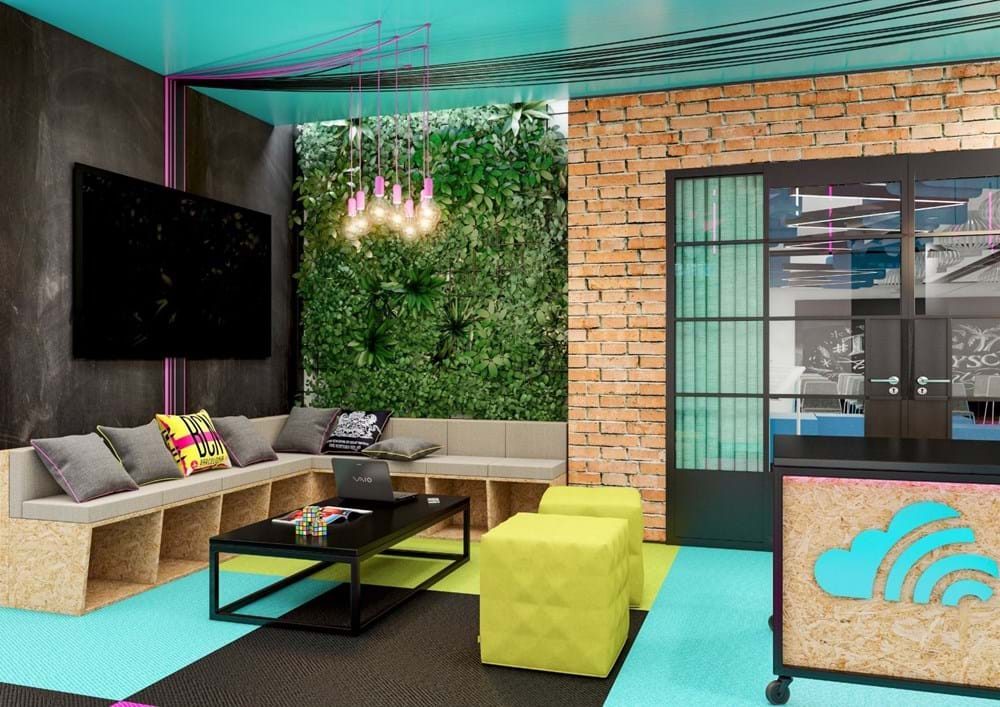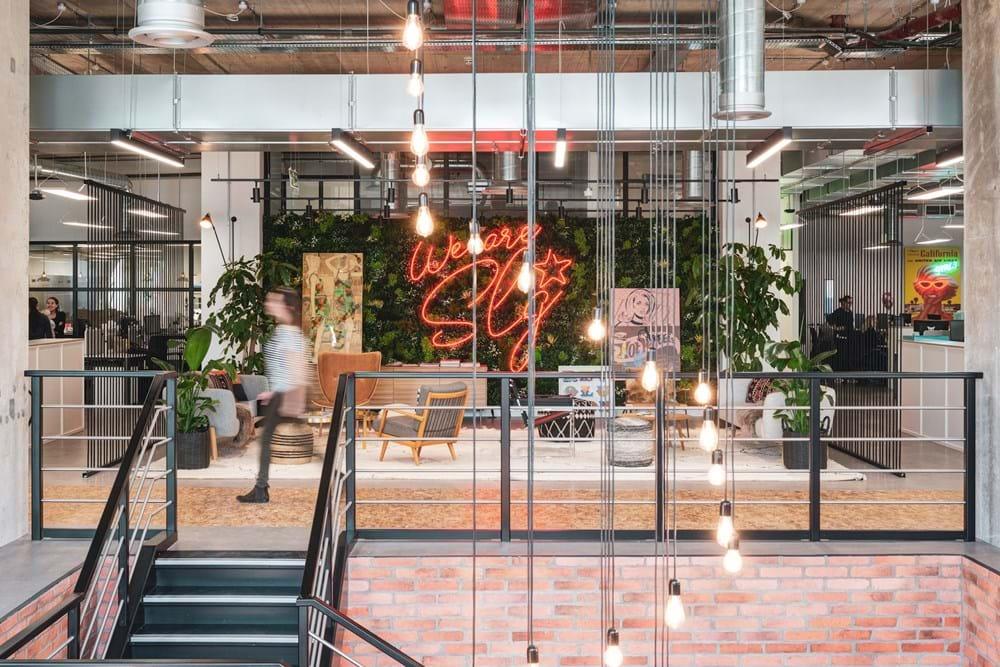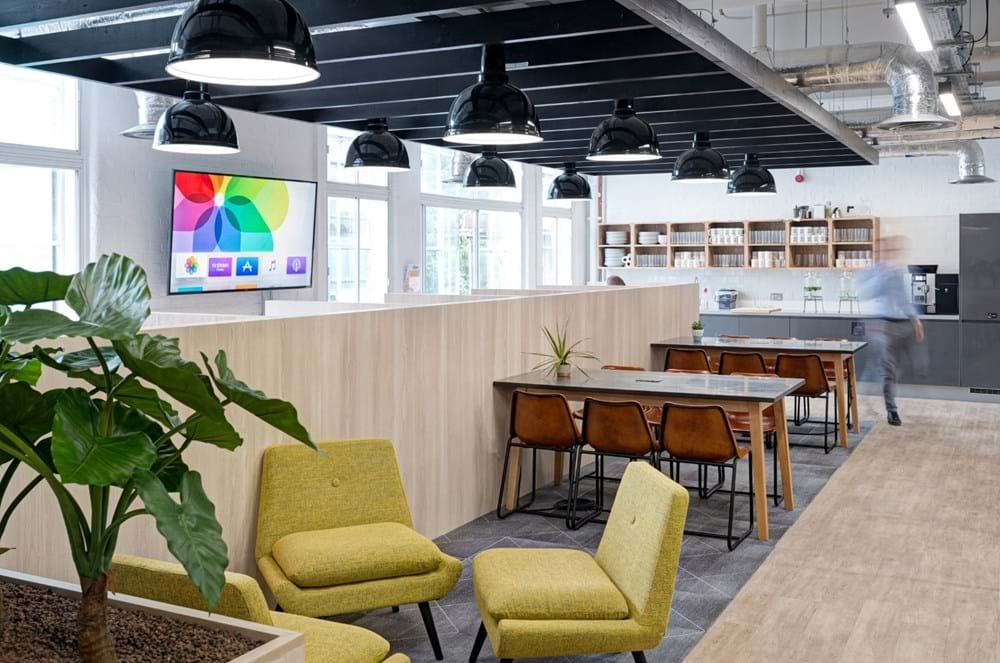How To Make Your Office Design More Sustainable
A sustainable office can create a virtuous circle, helping to nourish a winning working culture, attracting and retaining staff, and improving wellness of staff while boosting productivity
With fears around global warming and the overuse of plastics nearing boiling point in recent times, office sustainability has become an increasingly hot topic.
“The background scenery has shifted with Extinction Rebellion disrupting the heart of London over several working days, and British broadcaster David Attenborough and Swedish teenager Greta Thunberg foregrounding the dangers of climate change,” says Jeremy Myerson, Director of WORKTECH Academy.
Pleasingly, for business leaders and also the planet, it makes good business sense to use sustainable materials and embrace ecological principles to inform green office design.
Not only is a sustainable workplace with biophilic elements impressive to eco-conscious staff, and therefore likely to attract and retain talent, it creates a virtuous circle. It helps to nourish a winning working culture and improves the wellness of all employees, which in turn reduces sick days, better motivates staff, and sparks creativity while boosting productivity.
Natural light is maximised with floor-to-ceiling windows at Reed Elsevier
“Perhaps the biggest driver of the ecological reboot is the millennial workforce, widely touted as the most sustainability-conscious cohort ever to join the global workforce,” Mr Myerson continues.

“Millennials want to see their employers do the right thing by the environment. They increasingly choose companies on the basis of corporate behaviour on climate change, and like the Gen Z cohort they will manage in the future workplace, they want to see action rather than words.”
The WORKTECH Academy Director backs up his comments about the need for sustainable office design with statistics. “[Some] 84 per cent of millennials consider it a duty to make a difference through their lifestyles,” he says, “78 per cent are willing to change their lifestyles to protect the environment, and 49 per cent name climate change/destruction of nature as their number-one concern.
“It all adds up to a ‘perfect storm’ of positive change bringing office sustainability back to the front of people’s minds again.”
Biophilic and sustainable design choices are crucial at Vetruvian Partners
It is crucial to point out that successful sustainable office design stems both from the physical material elements in furniture and carpets, et cetera, and also in the green office itself being able to grow and evolve with the changing workplace.

Designing for life, through ensuring energy efficiency is maximised throughout a workspace, will make a sustainable office a long-term cost effective asset, and more resilient against market shocks and climate impacts. This approach pays for itself in building services – for instance, LED lighting and smart sensors, and with repurposed materials, such as reclaimed plastics, Forest Stewardship Council-certified wood, and so on.
Re-purposed materials used in the seating area of Skyscanner's London office
Office sustainability has significantly risen up the agenda in the last decade. There is a much greater focus on creating spaces that minimise their impact on the environment but also encourage people to live and work in a more environmentally sustainable way. The provision of bicycle storage, fewer car parking spaces and sustainably sourced materials are all examples of this.
One of the most prevalent trends in office sustainability is material transparency. Much like food labelling, by asking manufacturers to disclose the ingredients of products designers and consumers are better informed and can make smarter, more sustainable selections. This push for material transparency has in part has been driven by the ban of asbestos in the United Kingdom at the end of the millennium.
Even now, many common building materials can contain carcinogens, mutagens, endocrine disruptors and other dangerous chemicals. Through careful analysis and material transparency, designers and builders can eliminate harmful products and create healthier workplace environments, where people spend the majority of their time indoors.

“Integrating materials such as cork, bamboo, even recycled plastic products will give your office design that edgy look whilst improving its sustainable credentials,” advises TV presenter and property expert Kunle Barker. “In terms of wood, even if bought from sustainable and managed forests remember pine is a fast-growing timber, which makes it more sustainable that slower-growing woods like oak.”
SLG's main walkway is made of recycled cork
Thinking about the durability and functionality of furniture is key for designers. So-called “cradle-to-cradle” attitude – a biomimetic approach to the design of products and systems that models human industry on nature’s processes – is beginning to filter through into many manufacturers. As such there are products available with higher sustainability credentials.
Brad Johnson, Associate Director in real estate giants Savills’ sustainability team, says “flexibility in design” is imperative. “Make sure you consider the needs and requirements of the current and next generation,” he starts. “For example, flexible working and minimised vacant desk space, breakout spaces and standing desks to give staff the flexibility to work how best suits them and also to provide a more social space.”
He also states that “humanising environments” is important. “Lighting is responsible for around 40 per cent of energy use in buildings, so ensure the availability of natural light is maximised,” Mr Johnson continues. “Also make sure there is plenty of biophilia around the office to improve air quality.”
An emphasis on light, biophilia and natural materials at Worklife's office
Other tips include sourcing materials locally – a superb way to not only support the community and craft a unique design, but also reduce emissions required for transporting products. Additionally, using cutting-edge smart building technology, such as sensors, can help monitor a space and determine actions to optimise both energy and spacial use in a certain area. Light switches can be switched off after two minutes, for example, if no one is sensed in a meeting room. And the ventilation system can automatically adjust so that enough fresh air will be pumped into a conference room, depending on the number of people.
There has never been greater pressure to go green in the office and given the increase in column inches and headlines about climate change the need for a sustainable workplace will only grow in importance. It is business critical, therefore, to adopt green principles from the design stage, make eco-conscious and discerning decisions with materials.
Ultimately, sustainable office design pays off handsomely. A green office is a win-win scenario for organisations seeking to play a bigger role in reducing the negative impact on our environment while improving the long-term health and wellness of staff as well as the wider community, and beyond.
